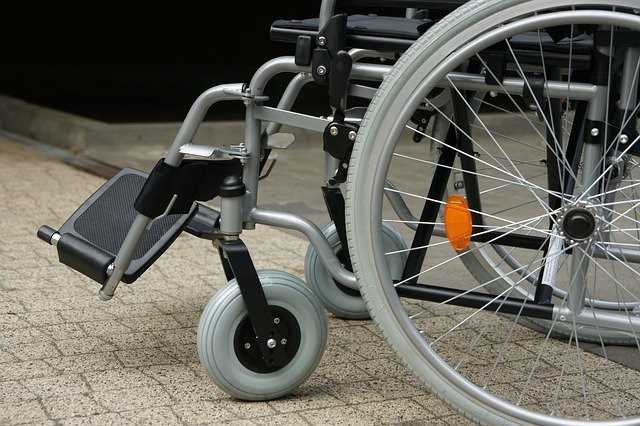Improving Accessibility in Public Transit
Disabled accessibility poses a wide-ranging challenge that needs to be tackled from many different angles. In fact, each different type of disability calls for its own solution.

In the particular case of transportation, AENOR points out that: “The various components of the transport accessibility chain need to meet the MGLC criteria (Movement, Grasping, Locating, and Communication) set out in the universal accessibility standard UNE 170001-1. This involves taking into account various processes before, during, and after the trip. First, there is the movement to the starting point, then entrance into or exit from the transport terminals.” Information needs during the trip itself for people with a sight or hearing impairment could be added to this list.
There is still some way to go in this endeavor. The Spanish ONCE foundation points out that “Legislation on a national level dealing with public and private transportation accessibility is still thin on the ground. Criteria-unifying laws are needed to ensure that any disabled person can move around a city without hindrance”. Regional authorities, however, do generally show commitment to accessibility in public transport from a range of factors.
Take the case of the regional authority of Madrid, which strives to ensure metro accessibility by means of stations with several entrances and plans and guides in audio format. Madrid’s local transportation authority, EMT, for its part, has buses with floors and information systems adapted to suit visually-impaired passengers. Mention must also be made of railway operator RENFE, which implements such accessibility measures as the Atendo program, a free passenger assistance and attention service for people with disabilities or reduced-mobility who wish to use rail services.
Intelligent transportation systems also allow a wide range of accessibility-enhancing technology to be brought in. There are many help-providing systems, usually built into public transportation fleet management systems, exploiting the new possibilities offered by onboard equipment and information systems. To give just a few examples, vehicle interiors can contain public address systems that announce the next stop automatically or by means of a special handheld Ciberpass device for visually impaired passengers. Similarly, bus stops include the same handheld or a push-button system that can produce audio ETA announcements. On many occasions the bus itself has an exterior loudspeaker announcing the line and last stop, so that waiting visually-impaired passengers can be sure they’re boarding the right bus.
As another recent breakthrough, the Barcelona transportation authority, TMB, in collaboration with GMV, set up a system of bus stop radio frequency beacons that tap into a handheld application to tell waiting visually-impaired passengers that their bus is now approaching the stop.
Author: Isidro Prieto Valderrey